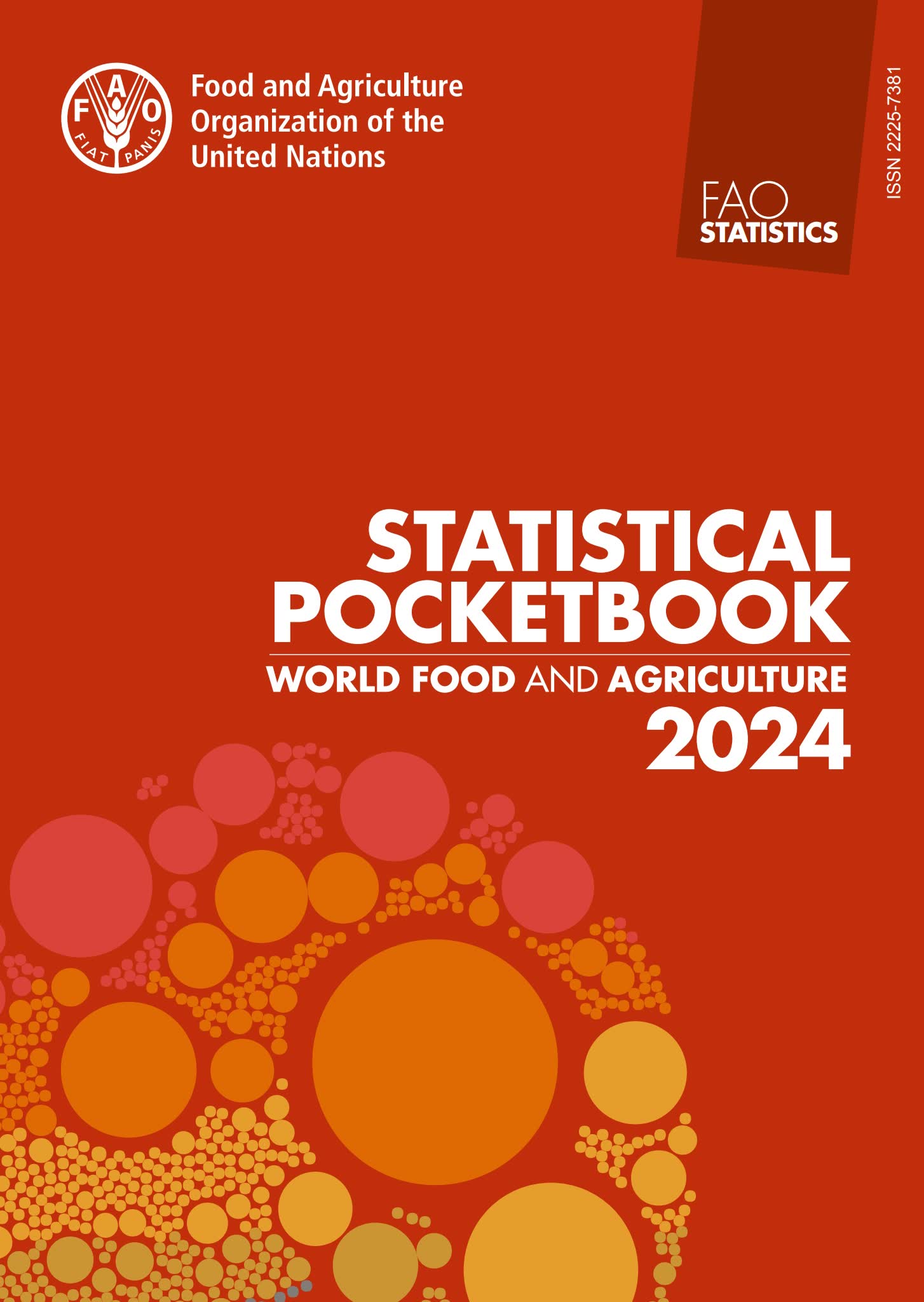
Timely, accurate and high-quality data and statistics are the cornerstone of solid policy design, where decisionsare based on hard evidence, and monitoring and evaluation rely on strong statistical systems. This has becomeall the more critical as governments around the world commit to major sectoral and national developmentplans, as well as regional and global development agendas. Furthermore, recent events like the COVID-19pandemic and the war in Ukraine have emphasized the pressing need for data and statistics to inform timelyresponses and monitor trends.
Statistical work has been at the core of the activities and mandate of the Food and Agriculture Organization ofthe United Nations (FAO) since the Organization was founded in 1945, supporting its Members in eliminatinghunger, improving nutrition, eradicating rural poverty, and promoting inclusive and efficient agrifood systems.FAO is a leading provider of internationally comparable data on food, nutrition and agriculture, which aregathered from national statistical offices and from FAO’s network of partner agencies and are harmonized topaint a global picture. All of these data are summarized in this Statistical Yearbook.
The Statistical Yearbook was revamped in 2020 on the occasion of FAO’s 75th anniversary, underscoring theimportance that FAO assigns to data and statistics as a global public good at the core of our efforts to advancesustainable development. It is now a primary tool and indispensable reference for policymakers, researchersand analysts, as well as laypersons interested in the past, present and future paths of food and agriculture. Thisyear, special focus is given to data on agrifood systems and data made more relevant by the war in Ukraine.
Drawing on the wealth of information that FAO statisticians produce across the Organization, this publication,prepared by the Statistics Division, offers a synthesis of the major factors at play in the global food andagricultural landscape. Statistics are presented in four thematic chapters, covering the economic importance ofagricultural activities; inputs, outputs and factors of production; implications for food security and nutrition;and agriculture’s impacts on the environment.
This Statistical Yearbook is only one of a series of tools and statistical publications that FAO provides tousers. The freely accessible FAOSTAT data platform contains the largest statistical database on food andagriculture in the world, with approximately 20 000 indicators covering more than 245 countries and territories,and around 2 million views each year. The Statistical Yearbook is accompanied by the shorter StatisticalPocketbook, which provides a quick and easy reference to the main facts and trends in food and agriculture.
In addition to compiling and disseminating data, FAO is also involved in strengthening the statistical capacityof countries so they can produce more and better data, set standards and methodologies, and leverage big datainnovations. FAO is committed to ensuring free access to current, reliable, timely and trusted data, necessaryto chart a course towards more sustainable and equitable agrifood systems and a world free of hunger.
 哈哈怪数据
哈哈怪数据




